Canadian Super Pigs Are Coming To Destroy America
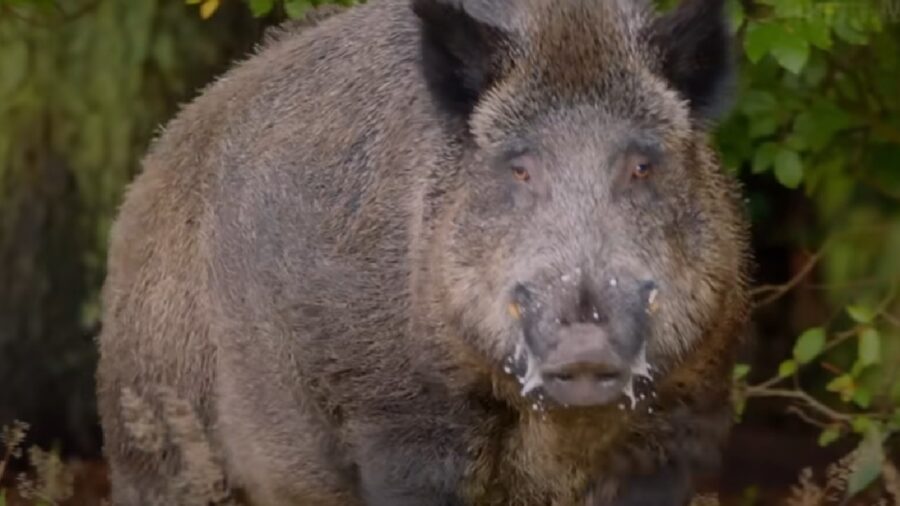
Invasive wild super pigs may be crossing the Canadian border into the US. A new research study found that these wild hogs have “high potential” to enter the currently pig-free states of the northern US like South Dakota, North Dakota, Montana, and Minnesota. For those unfamiliar with the destruction of these invasive species, this is not good news.
As the research study points out, invasive wild super pigs are capable of causing billions of dollars in agricultural and environmental damage each year. The pigs were introduced to Canada back in the 1980s, and GPS collar data of the pigs roaming Canadian prairies found potential landscape connectivity between Canada and the US that would allow these hogs to establish populations in the aforementioned areas.
Not The Cute And Cuddly Kind
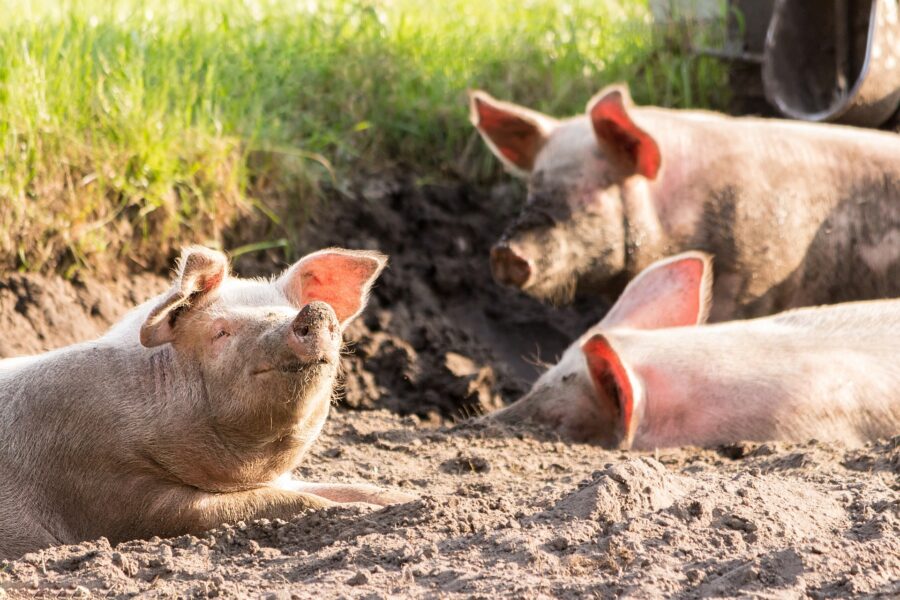
Resource selection modeling found that wild pigs were primarily located in deciduous forests, crops, and wetlands, and the intermixture of these land cover types with water and crops in the northern states has made these areas particularly vulnerable to the pigs moving over.
The study also mentions the need for further monitoring and strategies to prevent or reduce crop damage, risk to native species, and potential disease transmission these super pigs could cause if they continue to expand their territory.
Pigs Have No Natural Predators
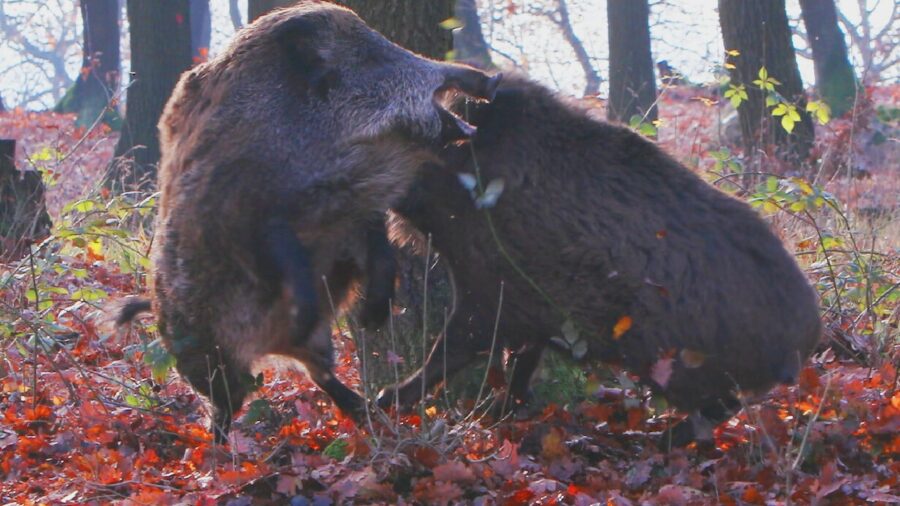
The fact is that feral and wild hogs have no natural predators in their chosen areas and they are able to grow in number unfettered while eating pretty much all crops, native vegetation, and small animals in sight. They can also be dangerous, sometimes attacking pets or humans.
Currently, the southern US contains much of America’s feral hog population, with domestic pigs and Eurasian wild boars being the primary species. However, Canada’s wild hogs are comparably more destructive, as they are super pigs.
Escaped Farm Animals
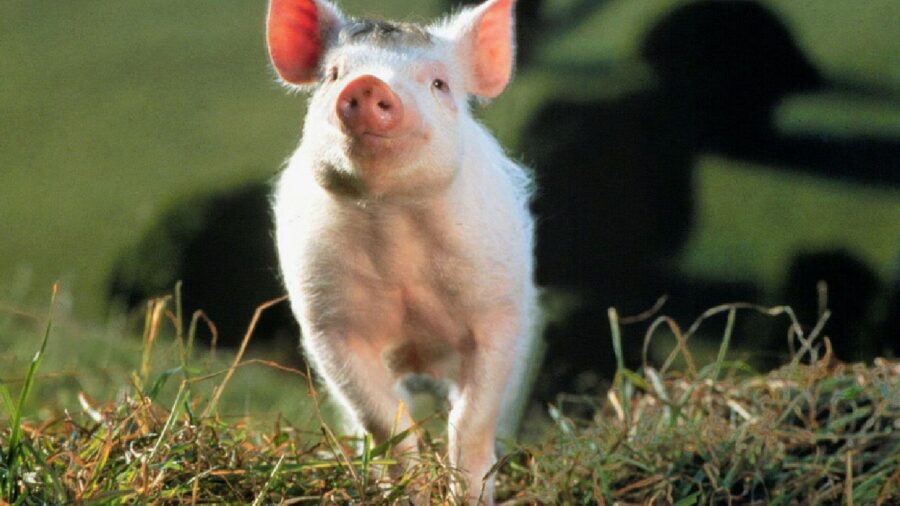
The original pigs were transported to Canada in the 1980s as livestock and game, but many escaped and mated with the domestic pig population. This led to larger feral hogs that are also more resistant to cold, allowing them to spread to the northern states if left unchecked.
The team behind the study is hoping that their predictions about the super pigs’ next moves will allow control efforts to be established before the populations become a bigger issue. The bigger issue is that once feral hogs can establish a population somewhere, they are exceedingly difficult to get rid of.
United States Has Been Fighting Feral Swine For Generations

Since 2014, 12 states have been able to eliminate their feral swine problem, but not without great effort and a lot of money and resources going toward those efforts, along with damage control from the destruction and disease caused by the pigs.
Once super pigs, or any kind of feral hog, can spread, then wildlife biologists, field specialists, and other professionals are often needed to minimize damage and manage the hog populations.
Destroy Ecosystems That Can’t Handle The Invaders
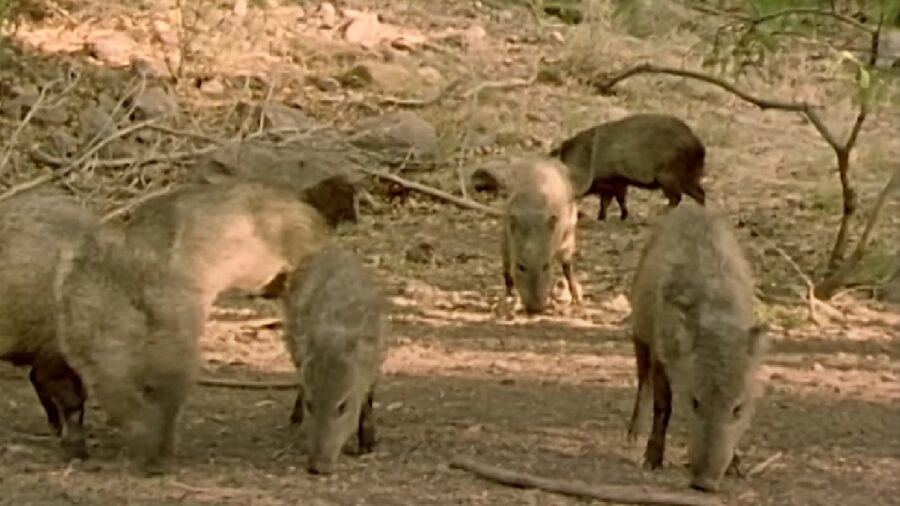
Feral swine management programs often utilize a variety of techniques to tamp down or eliminate the issue, such as whole sounder trapping, fencing, vaccinating livestock, removal by ground or air, and lethal techniques if necessary. Hopefully, the scientific research efforts will prevent any of that from becoming necessary.
Source: Springer Link












